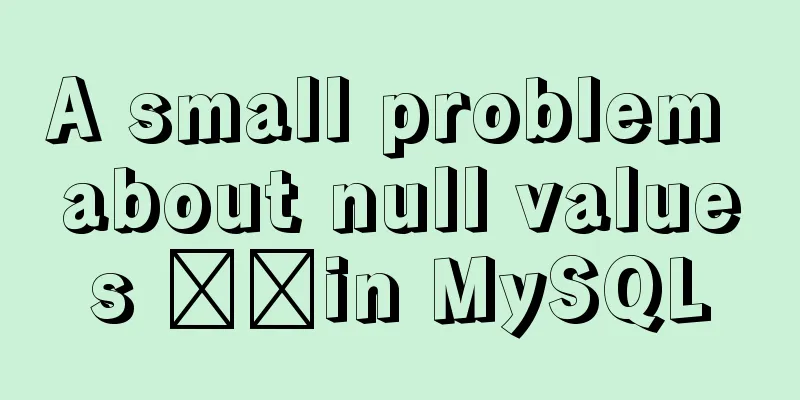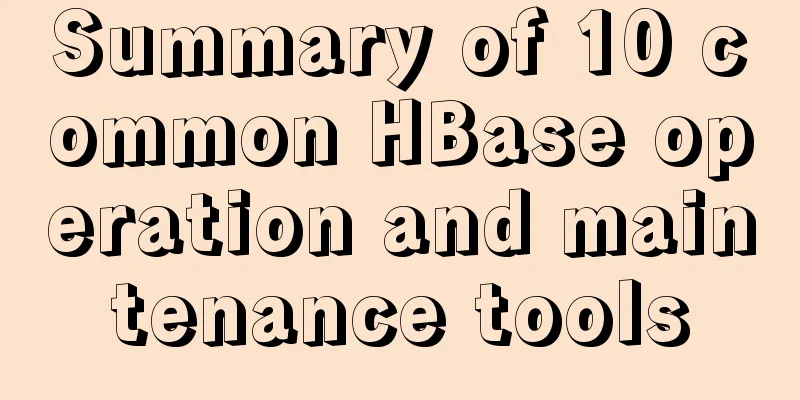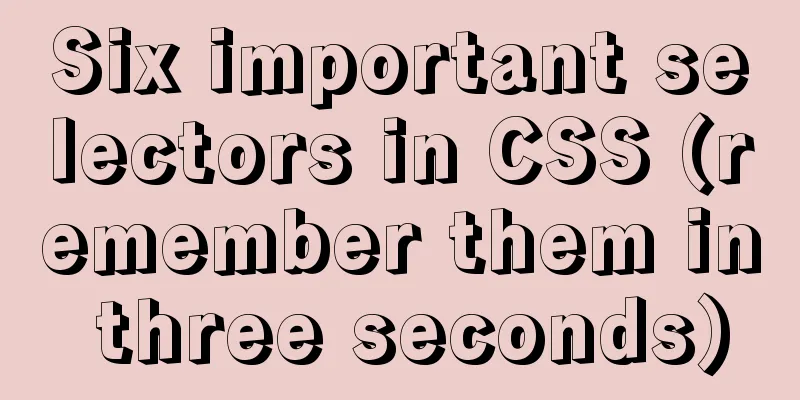How to write the Nofollow tag and how to use it

|
The "nofollow" tag was proposed by Google, Yahoo and Microsoft a few years ago. Links with this tag will not be calculated in terms of weight. Search engines support the nofollow attribute, which can greatly suppress spam comments in blogs or forums. It is a great thing for webmasters. Use of nofollow There are two ways to use nofollow: What does nofollow do? Nofollow has three main functions: Pagerank Sculpting Abuse of nofollow. In order to achieve maximum search engine optimization, some SEOs use nofollow to control the flow of PR, which can optimize some specific pages well. Of course, this kind of optimization is more suitable for some old sites that have accumulated a considerable amount of PR. In order to prevent PR pruning and abuse of nofollow, Google has weakened the effect of nofollow. Previously, nofollow not only did not cause PR flow, but also did not cause PR loss. Although the current nofollow regulations will not cause PR to flow to the target page, the target page that originally flowed to it will be lost. For example, the current page PR is 1, and there are 10 links on the page, one of which is a nofollow link. According to the previous nofollow regulations, the target page pointed to by each non-nofollow link will get 1/9 of the PR, and the link containing nofollow cannot get PR. However, according to Google’s new regulations on nofollow, the target page pointed to by non-nofollow links can only get 1/10, and nofollow links also cannot get PR, which means a loss of 1/10 of the PR. SEO Tips Let’s take a look at an example of how to write a nofollow tag, taking my blog as an example: A normal A tag looks like this: Copy code The code is as follows:<a href="http://www.xxx.com">xxx</a> Now I add the nofollow tag, as follows: Copy code The code is as follows:<a href="http://www.xxx.com" rel="nofollow">xxx</a> This will successfully tell the spider not to follow this link. When you don’t want to lose weight to an external link, but have to have the link appear in the content, you can use this method to block it. Next, let me share with you the true face of nofollow: 1. Nofollow tag restricts spiders from crawling links. External links with nofollow tag have no weight transfer effect. In order to avoid having their weight divided by external links on the page, some websites set nofollow for the external links that appear on the page. Then such links will not have the effect of transferring weight. If there is no link bait (such as Soso Q&A), then the release of external links should be stopped decisively, and the website administrators should just play stand-alone games, such as NetEase Blog and Startup Space. 2. The presence or absence of the Nofollow tag is one of the factors that must be considered when exchanging friendly links We all know that exchanging friendly links is not to obtain a little bit of click traffic from the other party's website, but to improve the website's weight. Some webmasters will add a nofollow tag to the friendly link part, causing the friendly link to lose its original meaning. This behavior is a deceptive behavior. Of course, some webmasters do not have a nofollow tag when exchanging friendly links with you, and secretly add a nofollow tag after a period of time. To avoid this situation, you are required to check the website with which you exchange friendly links every once in a while. If you encounter this situation, you must decisively remove the other party's link immediately. 3. The Nofollow tag only prevents weight output and cannot avoid weight loss, but it can guide spiders to crawl. For example, when there are 5 external links on your page, the weight of each external link is 1/5. If you add a nofollow tag to one of the external links so that the spider does not crawl this link, the weight of the remaining 4 external links will still be 1/5, and the weight of the page will be divided among these 5 links, but the weight of the link with the nofollow tag is lost instead of being transferred. This seems to be a behavior of "harming others and not benefiting yourself", but it also has its benefits. It can guide the spider's crawling and allow spiders with bandwidth limitations to crawl more pages in a limited time. 4. Nofollow and External nofollow From the literal meaning, nofollow means "don't track", while extenal nofollow means "external don't track". Maybe you have already figured out that they mean the same thing. External nofollow is just a more standardized way of writing nofollow. Don't worry about it, they mean the same thing! The Nofollow tag can also be used in many places, such as the comment section of WordPress articles, and the use of external links introduced for user experience, etc. Nofollow is a double-edged sword and requires some time to figure out. This article was originally written by Zhang Donglong, the director of SEO learning website. The original address is http://www.zhangdonglong.com/archives/615. Please indicate the source when reprinting. Thank you. |
<<: Limit input type (multiple methods)
>>: Let me teach you how to use font icons in CSS
Recommend
HTML basics HTML structure
What is an HTML file? HTML stands for Hyper Text M...
Detailed explanation of how to use the Vue license plate input component
A simple license plate input component (vue) for ...
Several CSS3 tag shorthands (recommended)
border-radius: CSS3 rounded corners Syntax: borde...
Minio lightweight object storage service installation and browser usage tutorial
Table of contents Introduction Install 1. Create ...
Detailed process analysis of docker deployment of snail cinema system
Environmental Statement Host OS: Cetnos7.9 Minimu...
Graphic tutorial on installing the latest version of MySQL server on Windows 7 64 bit
Recently, I have been studying the MySQL database...
Analysis and solution of flex layout collapse caused by Chrome 73
Phenomenon There are several nested flex structur...
Do you know what are the ways to jump routes in Vue?
Table of contents The first method: router-link (...
Introduction to the properties of B-Tree
B-tree is a common data structure. Along with him...
Solution to mysql failure to start due to insufficient disk space in ubuntu
Preface Recently, I added two fields to a table i...
A brief discussion on the invalidation or implicit conversion of MySQL integer and string indexes
Table of contents Problem Overview Problem Reprod...
CentOS 6 Compile and install ZLMediaKit analysis
Install ZLMediaKit on centos6 The author of ZLMed...
Teach you to create custom hooks in react
1. What are custom hooks Logic reuse Simply put, ...
Linux's fastest text search tool ripgrep (the best alternative to grep)
Preface Speaking of text search tools, everyone m...
Ubuntu 18.04 does not prompt for password when installing MySQL and how to solve it
The installation of MySQL 5.7 on Ubuntu 1804 is i...









